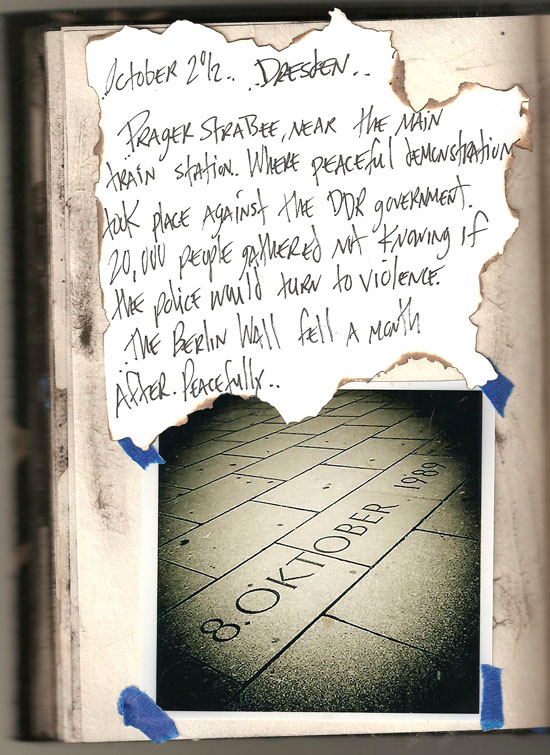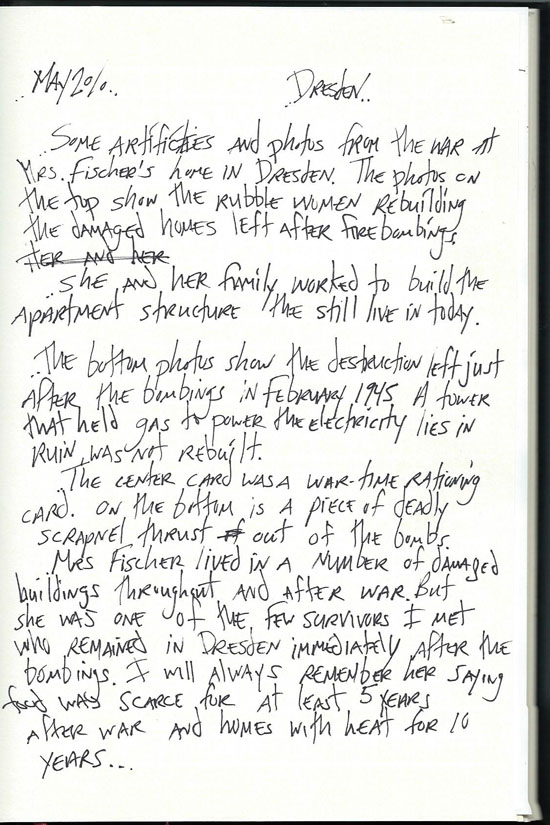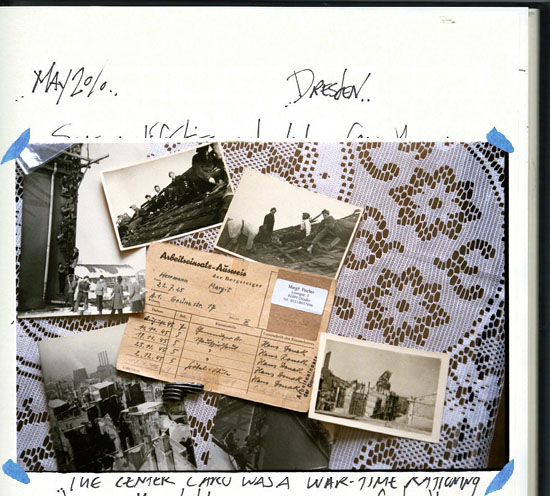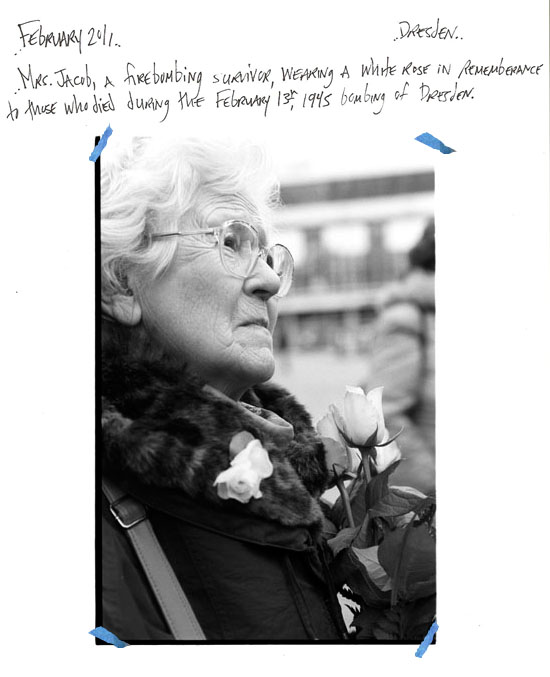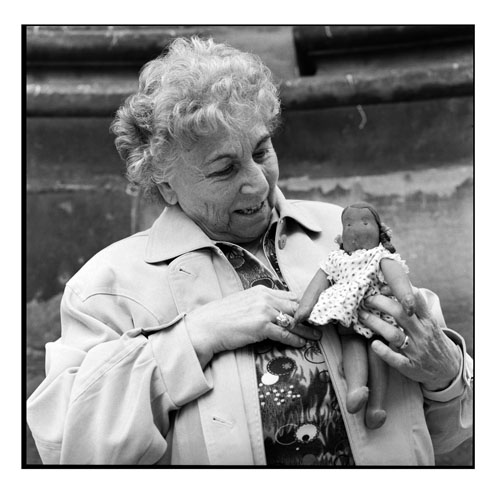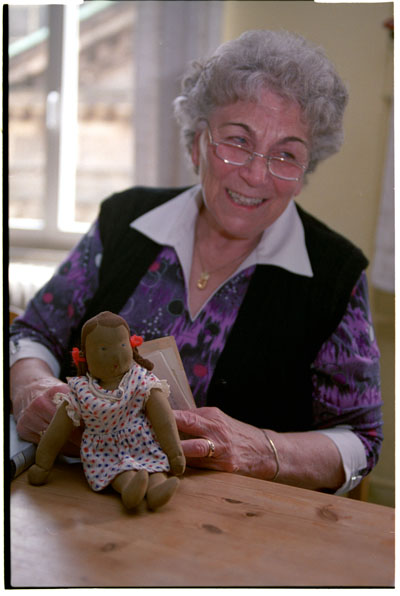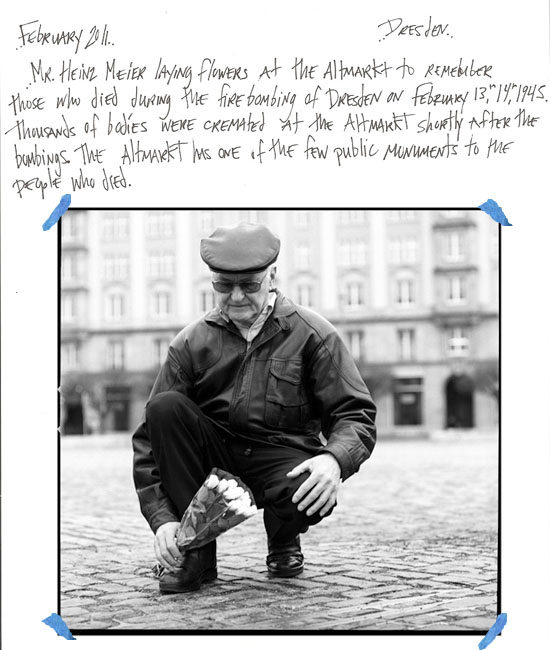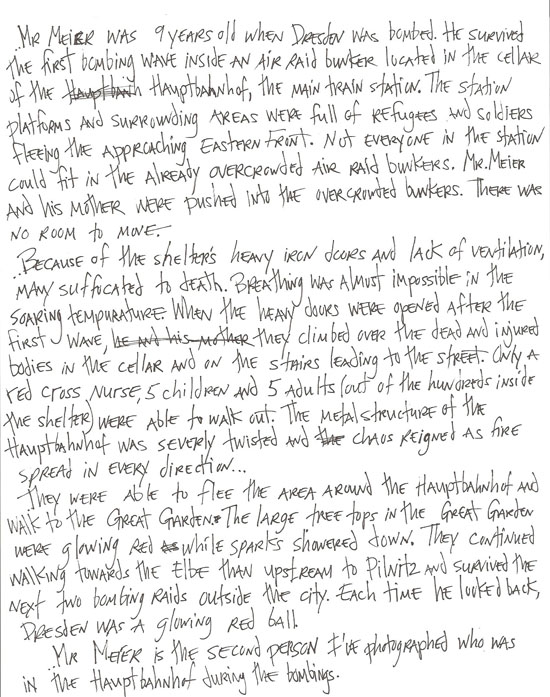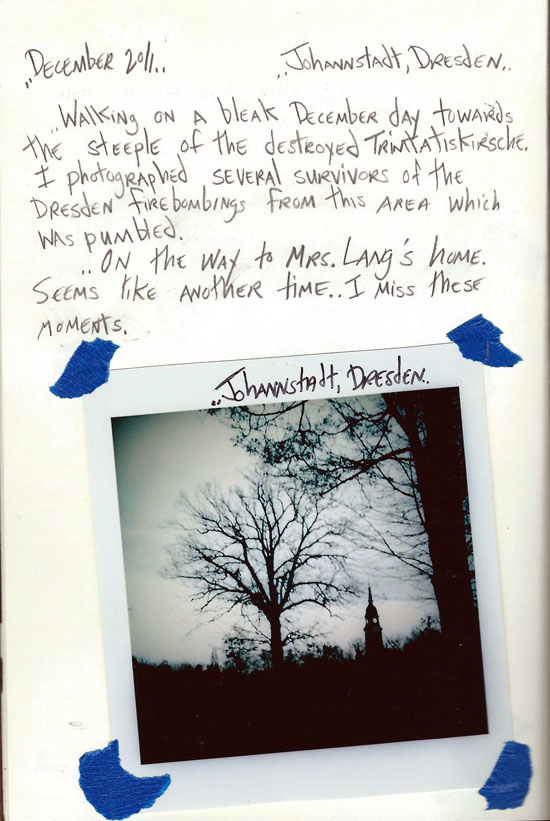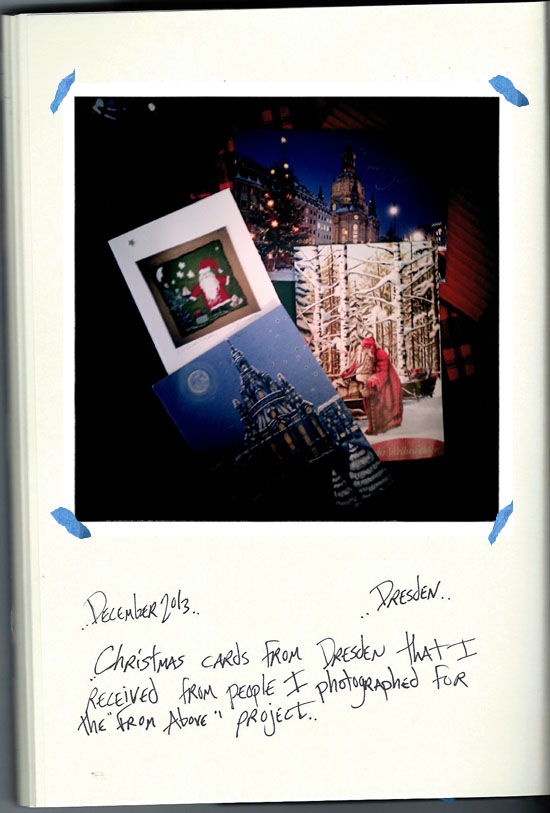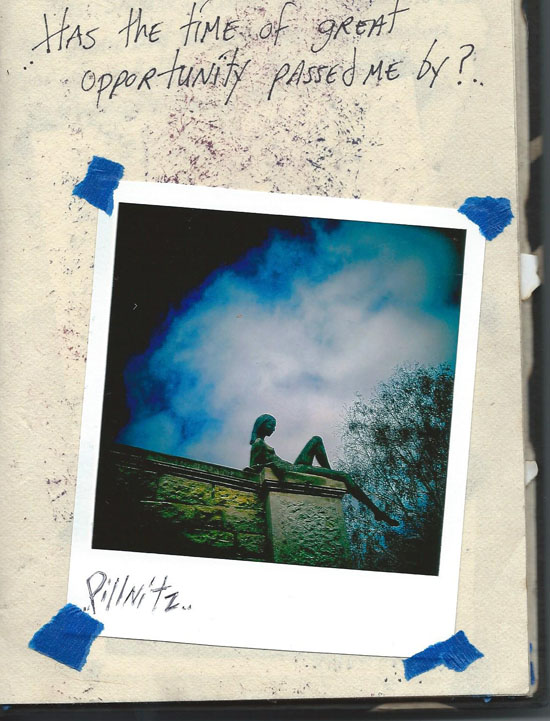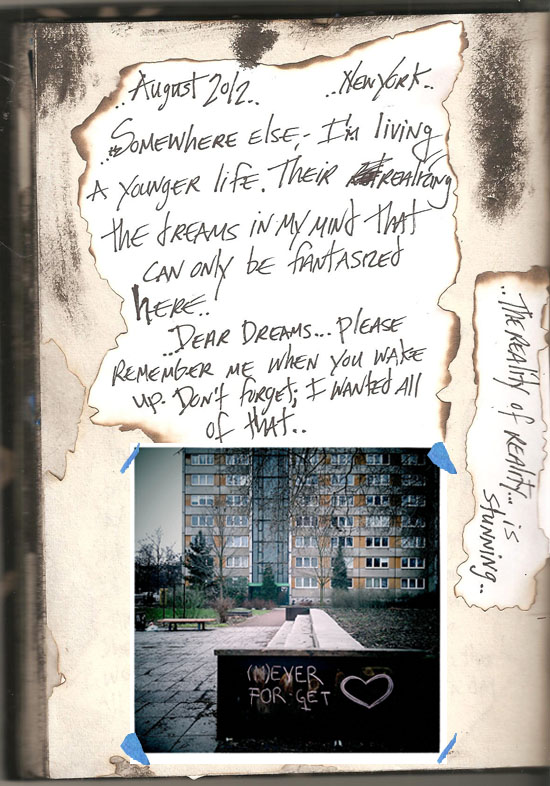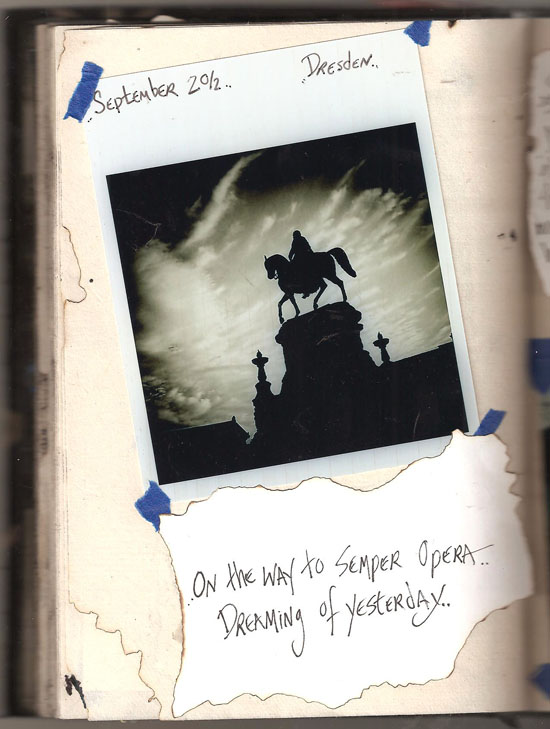Archive for the ‘Dresden’ Category
October 8, 1989 Dresden, DDR
Thursday, October 9th, 2014Dresden
Monday, June 23rd, 2014Ceremony at the Dresden Altmarkt
Friday, February 14th, 2014Mrs. Ursula Skrbek
Tuesday, February 11th, 2014..May 2010.. ..Dresden..
Mrs. Skrbek and her family experienced the first wave of attacks over Dresden at home. She remembers shaking so much she couldn’t stand or sit. Her father tried his best to comfort her while bombs exploded above.
At the end of the first bombing raid they checked the house for fires. Just the windows were broken. While checking the roof for incendiaries they could see the entire city was burning.
Her father could see the grandmother’s home burning a close distance away. He ran to get her. When he returns home through the firestorm, his clothes were on fire and he could hardly see.
“He described it as Hell. People were fire. How can something this beautiful be destroyed?”
During the second attack they stayed in the cellar again. More people from nearby damaged homes join them. A huge detonation went off. The house next door received a direct hit and was completely toppled.
Rumble crashes through the basement. Mrs. Skrbek was hit and briefly knocked unconscious. She was covered by rumble with only her head showing. People started to dig her out. Her mother was also hurt and unconscious. They didn’t know where her father was.
Mrs. Skrbek tries to wake her unconscious mother. She stays there for a little while. Fear and shock flow through the cellar. Her mother regains conscious and they slowly exit an unlocked cellar door.
Outside a firestorm brews, sparks and intense heat ignite the air. The balcony from their home collapses to the street narrowly evading them. They were encircled by fire, destruction and death. Her mother collapses again.
Shortly after they’re helped by an emergency vehicle collecting survivors. Her mother suffered life threatening internal injuries.
After the bombings, Mrs. Skrbek was taken in by the Headmaster of a school. She was reunited with her grandmother at the end of February.
A former neighbor heard that her father was buried deep underneath the rubble of their collapsed home. In mid-March, a month after the bombings, his corpse was found burnt in a fetal position. They were able to identify him because of the wristwatch he was wearing. A neighbor helped deliver the coffin to bury him.
Mrs. Skrbek still keeps her father’s destroyed wristwatch in a little box.
She lived with the Headmaster’s family for a while. The Headmaster was later imprisoned by the Red Army and never seen again.
Mrs. Skrbek was photographed in the Dresden Altmarkt with a homemade doll that survived the war.
